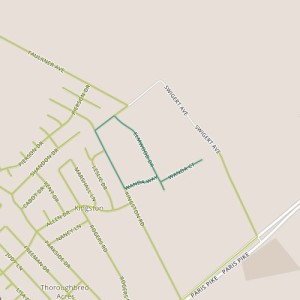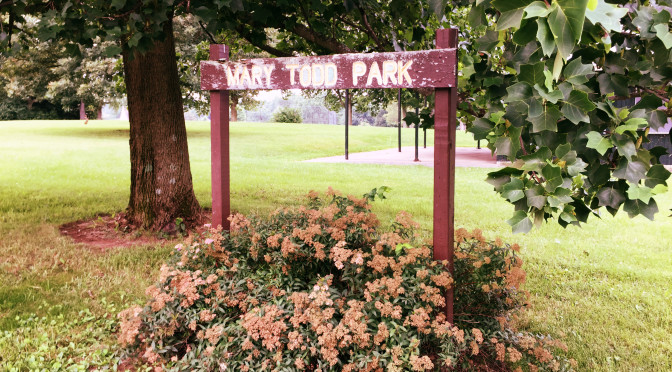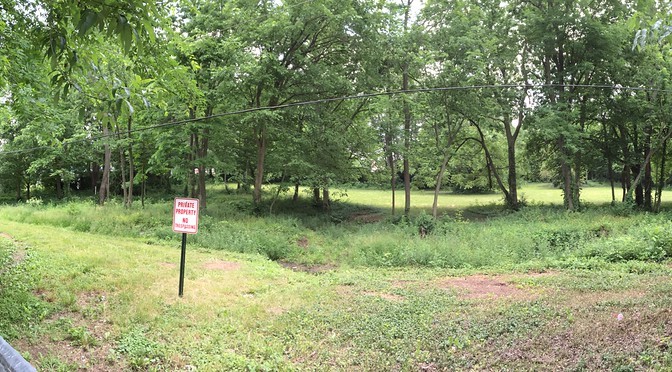 Today’s walk was near the northeastern edge of the urban service area. The edge of the urban service area is very pronounced on the south side of Lexington where it corresponds with the Fayette/Jessamine county line. On one side, there are densely packed suburban houses. On the other, there is farmland. The line is less defined on the north side, where the city blends gradually into country. Today’s walk was in one of these edge neighborhoods, near the Joyland neighborhood but distinct from it. The area includes several small subdivisions, including the Mar-Lou subdivision along Wanda with 60s-vintage brick ranch houses, the Elmwood Heights subdivision along Elmwood with smaller, older frame houses, and some unaffiliated houses on deep lots, some nearly a full acre, along the north side of Kingston.
Today’s walk was near the northeastern edge of the urban service area. The edge of the urban service area is very pronounced on the south side of Lexington where it corresponds with the Fayette/Jessamine county line. On one side, there are densely packed suburban houses. On the other, there is farmland. The line is less defined on the north side, where the city blends gradually into country. Today’s walk was in one of these edge neighborhoods, near the Joyland neighborhood but distinct from it. The area includes several small subdivisions, including the Mar-Lou subdivision along Wanda with 60s-vintage brick ranch houses, the Elmwood Heights subdivision along Elmwood with smaller, older frame houses, and some unaffiliated houses on deep lots, some nearly a full acre, along the north side of Kingston.
Although each of these stretches are distinct, they all give the sense of being rural rather than urban. Horses graze on the properties behind houses on Wanda. Elmwood feels the most suburban, but derives a small-town feel nonetheless, possibly from variety in form (presence of sidewalks or fences, or to a lesser extent, style of housing). In any case, Elmwood feels nothing like the newer suburbs on the south side. The setbacks on Kingston are deep–well beyond that of a typical suburb. The takeaway here may be the different ways in which a particular neighborhood feel is accomplished: reference to surroundings, for example the contrast of suburban houses with agricultural land or even contrast between neighbors, is powerful here.




